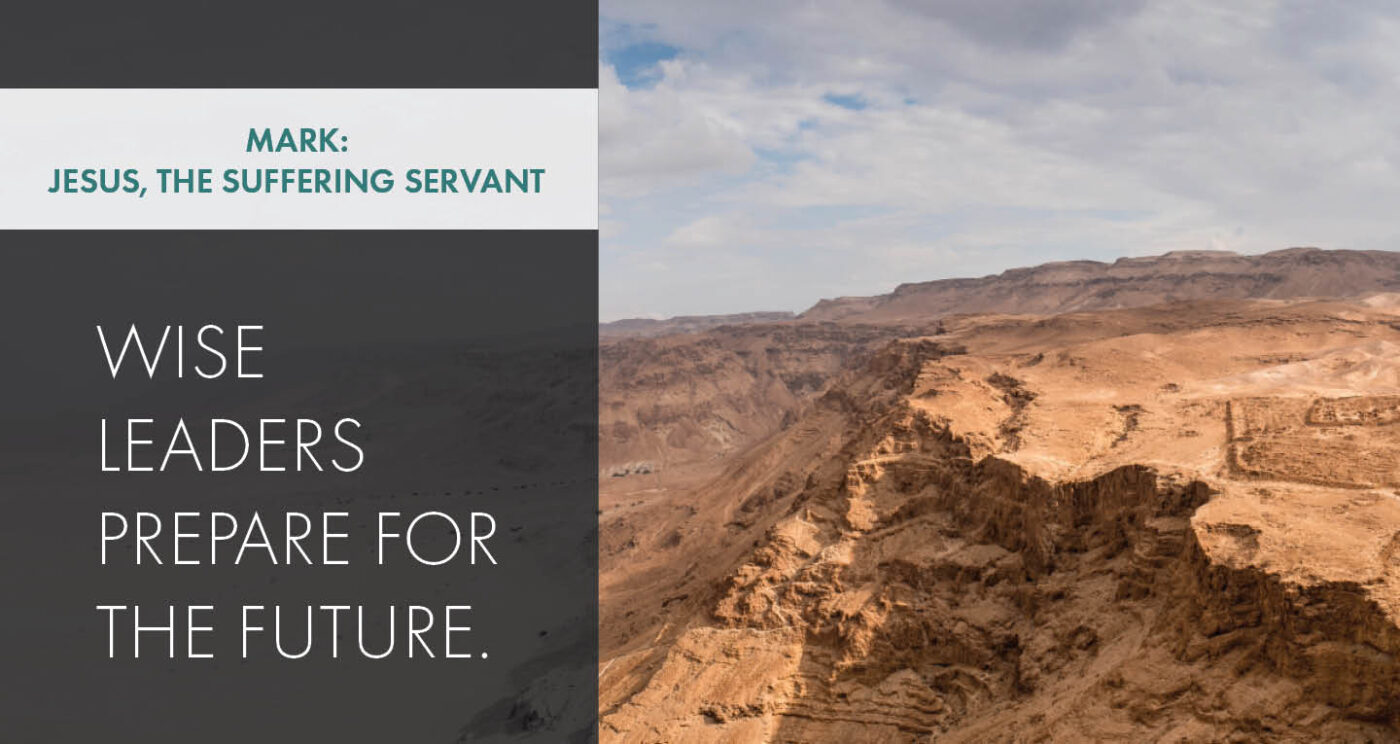
A Model for Leaders
When I was a boy, models of classic cars were a big thing. They came in a box unassembled, and you had to glue all the plastic parts together and then paint the model whatever color you wanted. In my memory, I can still smell the glue we used to assemble them. They accurately represented real cars, and the details were pretty amazing.
In the spring of 2023, my wife and I had the privilege to visit Israel. Among the many attractions we visited was the model of the city of Jerusalem during the time of Herod the Great. The model shows what the city looked like in AD 66, about 30 years after the crucifixion of Jesus. It was fascinating to see a detailed model of what the city looked like during that time. The model covers about 4,000 square meters, almost an acre.
Other models serve as patterns to be followed. Jesus gave His disciples a model prayer in Matthew chapter six. It’s not so much that we repeat that prayer verbatim but that we use the ideas in it as a pattern to help us pray effectively.
In our continuing study of Mark’s Gospel, we’ve come to chapter three, verses seven to nineteen. This is the continuing narrative of the life and ministry of Jesus. Sometimes, when we teach from narrative portions of the Scripture, it can be challenging to apply it to our lives. But as I studied and prayed, the Holy Spirit showed me in these verses: “A Model for Leaders.”
Now, don’t let that title scare you away! If you’re not in a formal leadership position, you can still benefit from this teaching. The actions we’ll observe Jesus taking to model leadership apply to everyone to some degree. Action is a defining characteristic of Mark’s Gospel.
Follow along now as I read our text, Mark 3:7 to 19, and see if you can pick out some of the actions of Jesus that model leadership.
In this narrative, we find several ACTIONS taken by Jesus that can be used as a model for leaders.
Before we begin exploring this text, don’t forget what happened in the preceding verses. Context is very important. Jesus had healed a man in the synagogue on the Sabbath day. As a result, the Pharisees and the followers of Herod began exploring ways to put Jesus to death. That sets the stage for our text.
The First ACTION is,
Exercise Prudence
Our text opens with Jesus withdrawing from the synagogue and going to a remote area somewhere along the shore of the Sea of Galilee with His disciples. Luke’s narrative adds that Jesus went to this remote region to pray.
Do you think Jesus was fearful of the threats of His enemies? I don’t think I ever considered that possibility before. I hope you don’t think that’s blasphemous. After all, what does the writer of Hebrews mean when he wrote that “…we have one who has been tempted in every way, just as we are—yet he did not sin”? Being tempted in EVERY way certainly includes fear.
One thing we know for sure is that Jesus knew that His time to die hadn’t yet come. So, He exercised prudence or caution. He wasn’t going to needlessly antagonize the opposition. Proverbs 27:12 says, “A prudent man foresees evil and hides himself; the simple pass on and are punished.” Jesus foresaw the outcome of the opposition and prudently removed Himself to the open countryside around the Sea of Galilee.
To be...